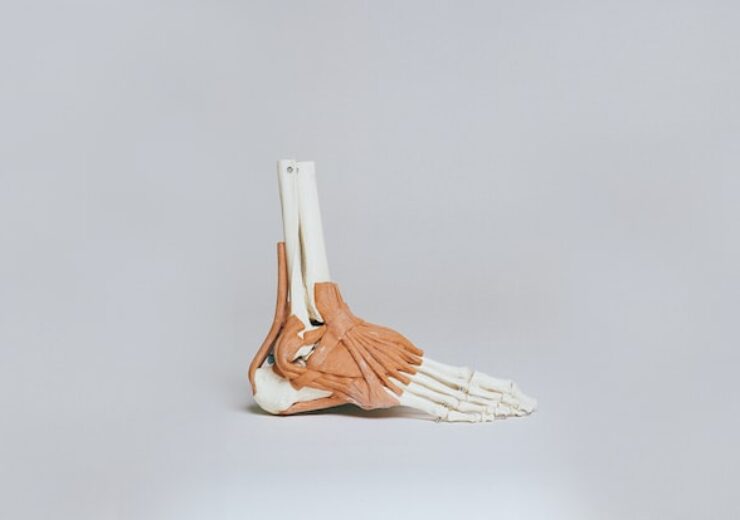MISB resulted in similar improvements in physical function, pain interference, pain intensity, and global physical health, and had no significant preoperative to postoperative changes, in the two study groups

Bunion is a bony bump at the base of the big toe. (Credit: Nino Liverani on Unsplash)
A new study by Hospital for Special Surgery (HSS) researchers showed positive results for the minimally invasive procedure MISB for treating bunion in people with asymptomatic flatfoot.
The researchers conducted a retrospective study using a patient registry at HSS, which identified adults diagnosed with bunion deformity between 2016 and 2021.
The patients in the study were treated using the MISB procedure to correct a hallux valgus deformity, and their outcomes were recorded for at least one year and up to two years.
PROMIS, a patient-reported outcomes tool was used to record the patient outcomes.
Also, the researchers took x-rays three months before and after the surgery.
The team used preoperative x-rays to identify individuals who had evidence of flatfoot, and a chart review to identify those with an asymptomatic flatfoot.
They found that MISB resulted in similar improvements in physical function, pain interference, pain intensity, and global physical health, in the two groups.
Also, no significant preoperative to postoperative changes were observed in PROMIS global mental health and depression measures in either group, said the researchers.
HSS foot and ankle surgeon, and study senior author Anne Holland Johnson said: “Because of the way the bunion correction is performed with MISB, there is a thought that it may not help stabilise the foot in the same way that the more extensive, open procedures performed at the midfoot do.
“When someone has a flatfoot deformity, which is essentially a fallen arch, the idea is that fixing the bunion through this minimally invasive technique could make the flatfoot worse because we cut the bones closer to the toe.
“What we found is that it was quite the opposite – that fixing the bunion in a minimally invasive way caused no changes in the overall flatfoot dimensions.”
Bunion is a broad umbrella term that describes a variety of painful deformities, related to a bony bump on the joint at the base of the big toe.
The most common type of bunion, known as hallux valgus, is characterised by the big toe turning inward from its normal position and turning toward the second toe.
Hallux valgus often presents with secondary structural deformities such as flatfoot, which can be symptomatic or asymptomatic (causing no symptoms).
Currently, all treatment techniques for bunions involve cutting the bones and repositioning them with metal screws.
The minimally invasive chevron and akin bunionectomy (MISB) works by fixing the bunion by cutting the bones through tiny incisions in the skin.
HSS department of foot and ankle surgery research assistant, and study lead author Rami Mizher said: “We collected PROMIS surveys on all our patients.
“These are a series of questionnaires that have been validated for use in foot and ankle research and ask the patient about their function, pain, and mental health.”
